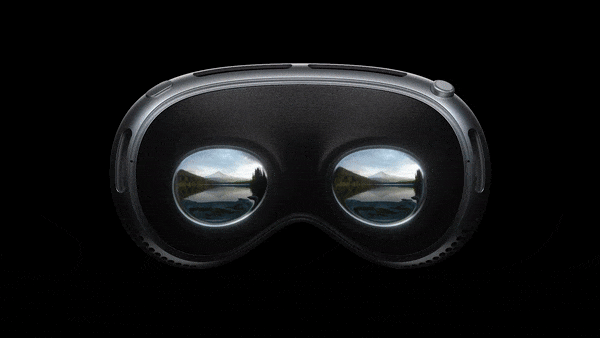
TL;DR
- If we’re moving toward a new era of living more deeply intertwined with our digital and physical worlds, what might the implications be?
- Some people believe Apple Vision Pro can truly merge the digital and material worlds together, but others think it only succeeded in putting the conflict into higher resolution.
- This is another round in the techno-cultural war between Silicon Valley elites obsessed with biohacking their way to immortality and those who think any digital interface divorces us from the very thing that makes us human — physical connection and collaboration.
The launch of mixed reality device Vision Pro has social media commentators and armchair philosophers pondering what it means for us all on an existential level. That’s because Apple’s vision is predicated on a collapsing of the virtual with the real in a more substantive way than anything before — and Apple has a strong track record in leapfrogging the future by birthing new forms of computing.
If Apple were to succeed in attracting enough of us to buy into the concept for everything from daily emails to watching movies and doing the shopping, “it signals a significant sociocultural moment for humans,” digital anthropologist Giles Crouch writes on Medium. “It indicates that, as a society, we are indeed interested in becoming more entrenched in living in two worlds simultaneously, more so than ever before.”
Is Digital Life Compatible With Humanity?
The implications of “living in two worlds” are explored by Crouch and others and not many like what they think they’ll find.

“Digital-device culture is an experiment on a colossal scale, the results of which we have tried to measure in IPOs, quarterly growth rates, engagement metrics, and daily active users, not in human flourishing,” product designer John Fechtel writes in The New Atlantis. “But that is where we are incurring the real costs.”
Among their points is that Apple is inviting users to exist for large periods of time in a pseudo-reality, where its goggles actually block our view while cameras pipe video of our surroundings into our eyes. No one it seems is quite sure what psychological effect this will have on us.
READ MORE: In Your Face (The New Atlantis)
“I had no trouble getting up from the couch to grab my laptop from the other room, but the world jittered in the display, sprouting fuzz around its edges,” describes Ian Bogost, who had a go with the Vision Pro for The Atlantic. “Objects throbbed in time with my footfalls. Every jostle or cough made reality shudder. This was a rapidly updating computer-desktop-background version of the world, rather than a view of things as they really are.”

Exclusive to the Vision Pro, Apple is touting a new form of 3D with 180-degree 8K resolution video and spatial audio it calls “Apple Immersive Video.” Users themselves can record video of the spatial environment they see in what Apple’s marketing blurb suggests is akin to recording memories.
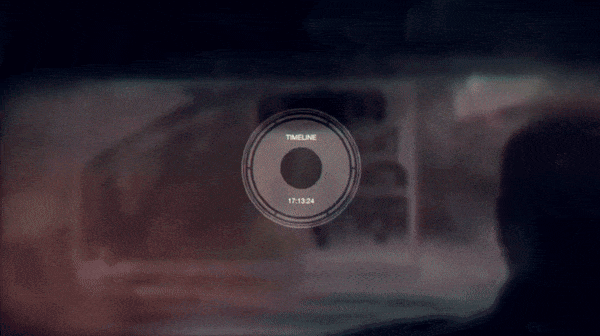
Black Mirror fans might recall a typically on-point and dystopian fable on the subject in the episode, “The Entire History of You,” which was released 13 years ago.
“The idea that family videos might be made into more perfect stand-ins for our lived experience suggests the grander Apple vision,” as Bogost puts it.
READ MORE: The Apple Vision Pro Is Spectacular and Sad (The Atlantic)
But what’s so wrong with the physical world anyway? Or rather, what’s so wrong with our physical bodies that we feel the need to “augment” it with digital wearables for a better experience?
That’s the central point of a musing by technology theorist L. M. Sacasas and the essay by Fechtel, who sets the scene by describing what users see when wearing the Vision Pro.
“The feed populates your physical space with digital interfaces, taking the type of prompts you would normally find on your computer home screen and laying them over your actual home,” Fechtel writes. “There is even a dial that lets you adjust how much of the real reality you want to see.”
Noting that users are able to open an app “just by glancing at it,” Fechtel says Apple wants to bring us ever closer to its entertainment and social environments by steadily reducing our physical interactions with the device.
“The hope is that soon you will hardly have to do anything to the device at all. Instead, it will watch your eyes, face, head, and hands to intuit your meaning.”
Removing friction from user experience is the way Apple has successfully won market share and will continue its dominance, so further refinements are in the cards.
The end game is that “the interface is no longer the device itself, but our bodies and the space around us,” Fechtel says.
But consider just how intimate this interface is, he warns. “To detect what you want to do, Vision Pro has to place an extensive sensor array right up next to your eyes to gauge their movement. To give you a fully immersive video feed, it has to fully cover your eyes. This enhanced-reality approach has strange consequences,” he says.
“For example, when you FaceTime someone with Vision Pro, your interlocutor can no longer actually see your face. So the device has to synthesize your mood, intent, interest, and attention, and represent you to the other person as a realistic digital avatar.”
The result is that the closer the device gets to realizing what you really want, “the closer it must draw to your person. And the closer it draws to your person, the more it cuts you off from the world.”
Not Ready, Player One
This is the same type of techno-fear that greeted Mark Zuckerberg’s Metaverse and as realized in the dystopian novel Ready, Player One: People with machines strapped to their face experience the dopamine of the virtual world, which is presented as an escape from the poverty of actual life.
On one level, how will we feel about people wearing mixed reality glasses in social settings when AR, combined with AI and other tools, may be perceived as offering some form of social advantage.
“Will we be suspicious of someone recording events that could be used for public shaming or, even more insidiously, blackmail at a later date?” poses Crouch. “Does it create more of a digital divide with those who don’t have AR glasses and devices feeling less equal and therefore missing out?”
Sacasas’s view is best summed up as “the worst thing about the age of digital media will turn out to be how hard it became to look one another in the eyes.”
He, too, is interested by the idea — voiced by cultural critic Wendell Berry — that the next great division of the world will “be between people who wish to live as creatures and people who wish to live as machines.”

He asks why we have a tendency to embrace technology at all and concludes:
“In certain contexts, machines can operate at a pace, scale, precision, and intensity with which creatures cannot compete. When machine-like consistency, efficiency, speed, or production is demanded of creatures, then creatures are made to live as if they were machines,” Sacasas says.
“This never ends well for human creatures. Most people know this, it’s just that some see this as cause to transcend the human and others see it as cause to re-imagine the human-built world.”
Sacasas continues, “We have been schooled by dominant social structures to presume that the limitations inherent in our embodiment are merely obstacles to be overcome rather than the parameters within which meaningful, satisfying, and purposeful lives might unfold.”
Like Fechtel, he laments the prop of the machine to augment reality because doing so only succeeds in excluding the actual tactile and genuine and “beautiful” experience we have raw via our own senses.
He uses as a provocative example the image posted by tech analyst Anshel Sag in “dad mode,” wearing the Vision Pro to watch Avatar while cradling his newborn baby. It’s already divided the internet.
Sacasas is not aiming his ire only at Vision Pro. He finds this the latest in a long line of tech — from mobile phones to laptops and autonomous cars — offering ways we might isolate ourselves from the world.
Scathingly, he writes of anyone thinking of using wearables to live in: “Increasingly captivated by virtual worlds, I am less likely to demand anything more or better. The tools that diminish my capacity to experience the world in full simultaneously promise to give me a better-than-real world.”
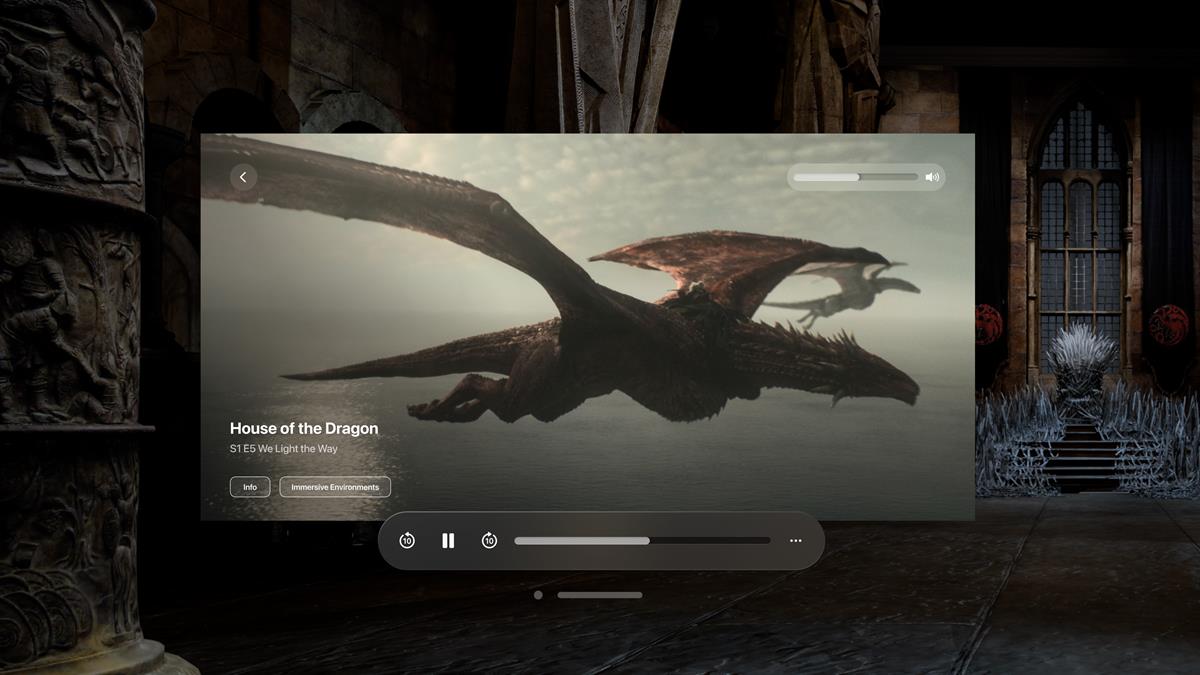
The more pressing concern is whether a growing enthrallment to devices like these “precludes an affective attachment to the world,” he worries. “And to the degree that our virtual worlds are bespoke realities ostensibly constructed for us, whether they also deprive us of an experience of a common world, one we share with others, thus accentuating rather than alleviating an experience of alienation and isolation.”
READ MORE: Vision Con (The Convivial Society)
Logically, the next step on the march to reducing friction between our bodies and our digital twin is some form of mind meld with the machine. Brain implants are already under way at Elon Musk’s lab Neuralink, receiving FDA clearance in May to begin its first human trial.
“Once we regard the body as an instrument, it can also become an interface, with implants serving as the input devices,” says Fechtel. “Together, the body and its integrated devices can overcome the physical and mental limitations, the so-called “user errors” that hold back our interactions with devices.”
The Pros of the Vision Pro Approach
Why might these technologies succeed, despite their invasiveness and despite the controversy and criticism surrounding them? One answer is that we are still limited by our interfaces.
Fechtel says, “After years of using touchscreen keyboards, our thumbs still butcher even simple sentences. Voice dictation was a logical next feature to offer, but it too is buggy. What if we could just think and have our intent acted upon? The perfect interface is no interface at all.”
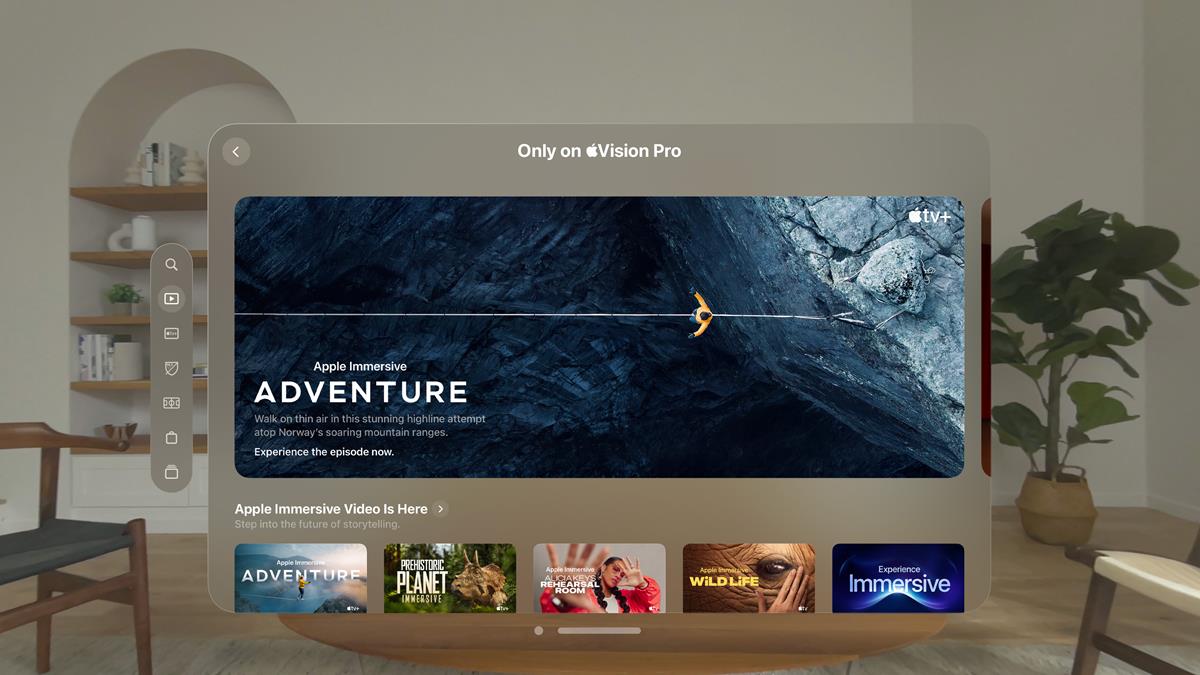
What if we’re using AR glasses and have a brain chip implant? Does the chip help us to better manage the challenges of dealing with all that information and processing living in two worlds? Right now, we have no idea, says Crouch.
He says, “We are in the very early stages of bringing technology more closely to our bodies and augmenting our cognitive capabilities. What we don’t know yet, is if culture perceives this to be of enough value as a tool to advance the survival of our species.”
READ MORE: Society, Culture & Augmented Reality (Giles Crouch)
This is now becoming a techno-cultural battle between those elites in Silicon Valley biohacking their bodies on a quest for immortality and those who think the obsession with techno-transplants divorces them (and the rest of us) from the very thing that makes us human — physical connection and collaboration.
Fechtel thinks we need courage to fight back. “Most of us do not have a strong enough sense of the indispensability of the body to resist having yet another layer of ourselves peeled away and a device put on us instead. Most of us already have devices too close to us, and our digital persona feels too real, and too far from our physical life, to resist the closing circle of each new epochal device. We need to get comfortable in our own skin again. To do this, we need courage and optimism.”


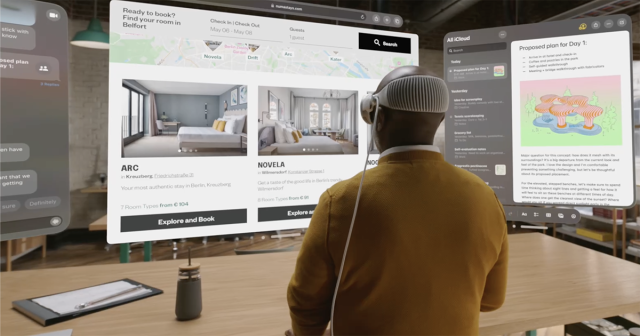
Discussion
Responses (1)